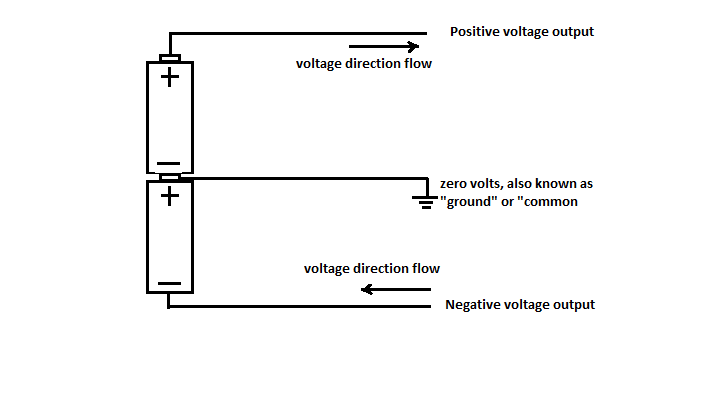Ok, just another one to throw out there since I as always, I admit to being ignorant of electronics. When the term 24v positive versus 24v negative is used. What the heck is meant by negative? I understand applying 24 volts to something. Whether it's taping together a bunch of batteries or, turning the dial on a benchtop power supply up to 24 volts. But, how do you get "negative" voltage?? How do you even meter that? The needle on a VU meter stops at zero. Would you get "UN shocked" if you touched it?? I could probably google it but, answers here are often better explained.
Thanks!
Signed...
"Confused in Delaware"


 Bradfo69
Bradfo69
 Reply With Quote
Reply With Quote


 )
)

